A teardown of Zynga marketing: how Zynga sucks you in and keeps you there
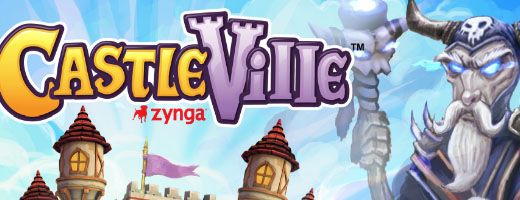
Whenever Zynga launches a new title, it’s sure to be a top-10 Facebook hit. But how do they get people into the game?
Sometime at the end of November, Zynga will finally release their IPO. It is one of the most anticipated IPOs of 2011, as Zynga is the undisputed top dog in the new industry of social gaming.
Their dominance comes from their massive userbase; 4 of the top 5 social gaming companies would need to merge simply to compete with Zynga’s enormous footprint on the industry (see AppData leaderboards).
Certainly, Zynga achieved this position on the strength of building best-in-class products. Much debate exists whether Zynga can truly be called a gaming company or whether they are merely a media company that uses cute graphics and psychological exploitation to generate revenue. But what is undeniable is that they are dominant, which they do through leadership in product design and marketing.
How Facebook helps Zynga stay #1
As one of the first game companies on Facebook, launching in 2007, they were able to take advantage of the social network’s then-lax privacy settings.
We all remember how annoying it was to incessantly have FarmVille posts in your news feed. They spammed the hell out of everyone. But as annoying as they were, there was an even more annoying truth — they worked. Extremely well.
This was the golden age of Facebook social gaming — advertising was free, users were cheap and achieving virality on a massive scale was easy. Zynga jumped on this, cloning and spamming their way to the top.
Aware of the viral potential within Facebook, Zynga has since prioritized a close relationship with the social network. Rumours abound that they get preferential treatment because of their symbiotic relationship, allowing them to get an inside track on new features and policies to ensure they are the first to exploit new channels. This ensures them a huge user acquisition advantage over their competition.
Acquisition: getting you in the game
Zynga’s secret sauce is their ruthless product design mathematics combined with an intimate knowledge of Facebook policy. Let’s now go to the tactical level, breaking down their marketing and user acquisition strategy, looking at how they get and keep users in their ecosystem.
1. Cross-promote to your captive audience
This cross-promotion takes the form of in-game ads, banners above the gameplay area, and complete saturation of all communication channels and social media accounts.
Their enormous userbase — around 160M monthly users — allows them the benefit of launching a top-10 Facebook game every time, regardless of game quality.
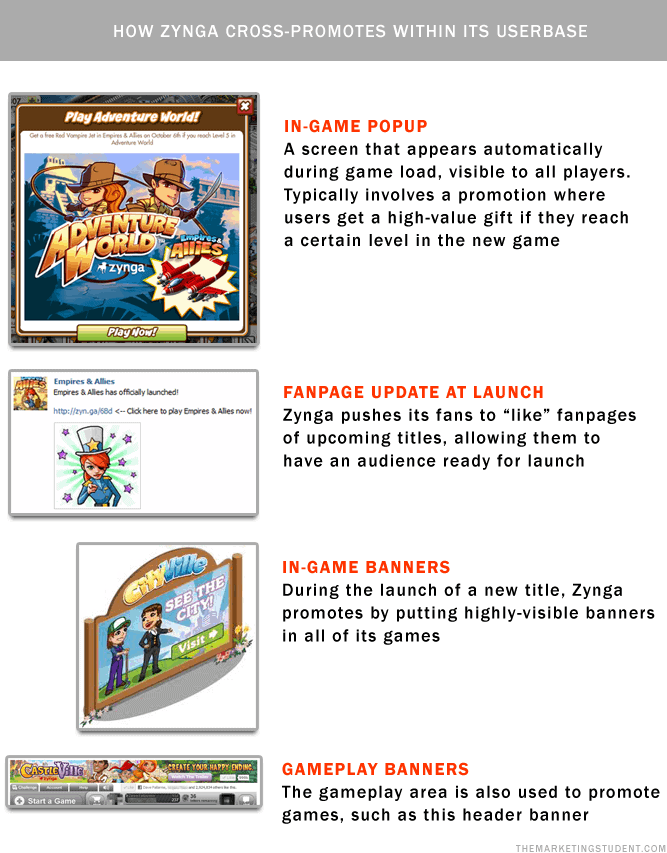
2. Peak early with Facebook ads
In the wild west days of Facebook, everyone was able to push content to tons of users for free. But Facebook has since wrested back control of its viral channels and instituted an ad network in its place, one that Zynga begrudgingly participates in.
Zynga has shown a preference to push its games to peak early. With the company launching several games a year, this is necessary so that it does not spread itself too thinly.
Peaking early is also important to take advantage of network effects. Their games are nearly unplayable for those who choose to play alone. Zynga game design is notorious for levying you with a “friend tax” early on; that is, at some point, you will have to invite friends to play so that you can progress in the game. For this reason, Zynga has huge budgets for on-Facebook advertising, estimated at $5-10M a month.
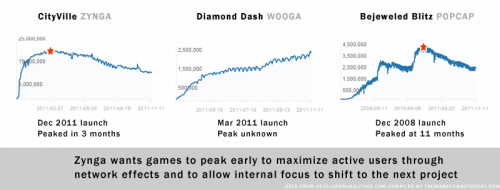
By throwing swaths of money into user acquisition at an early stage, Zynga maximizes the amount of people that start to play around the same time, making sure that you always have someone to play with, which keeps you happily progressing, which keeps your interest (and time investment) in the game high.
Depending on how well a game monetizes its users, the ad budget for a game can essentially be unlimited. Keep an eye out for it: you’ll see that Zynga continues to run ads for CityVille despite the game being one year old.
3. Buzz-worthy PR
Zynga has also proven to be good at getting press. This ensures that they’ve got a chance to reach users who aren’t normally within their reach.
They’ve partnered with high-profile acts and brands such as Enrique Iglesias, Lady Gaga and Capital One. By making these kinds of connections, they’re able to get a wider scope of people talking about them off-Facebook.
I should note that in the artists’ case, it’s likely that Zynga is the one paying for the partnership — they are the one piggybacking on the artists’ reputations for press.
4. Goodwill PR
Ever since the Haiti earthquake, Zynga has been quick in responding to disaster relief and emergency events. Their work with the Japan tsunami, Gulf coast oil spill and Haiti relief ensured that they always had good press about circulating in the media.
CastleVille, their latest game, generated some press when they announced that they would donate to charities when users “liked” the CastleVille fanpage.
Retention: keeping you playing
1. Facebook notifications
This is arguably the most effective way to keep you playing — by using your own friends to keep you invested in the game. At least once a day, you can expect a friend to send or ask you for a gift, or ask you to join their game.

Multiply that behavior across multiple friends with whom you play several Zynga games, and you start to understand why it’s important for them to get a huge rush of users upfront. Your friends do a much better job of keeping you in the game than Zynga advertising.
This was the channel that Zynga originally used to rise to the top; they used your gameplay in Farmville to shamelessly send notifications to everyone in your friends list. Facebook has since clamped down on the spamminess of notifications, but it remains a powerful way for gaming companies to keep their users coming back.
2. CRM and incentives to play
As one of their players, you can expect to receive incessant reminders about the games you play. You’ll get free gifts and new feature updates showing up in your news feed. If you’ve stopped playing for a while, Zynga will send you a “we’ve missed you” email with a basket of free goodies to get you playing again. They do everything in their power to make sure their game is top-of-mind.

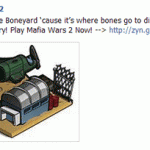
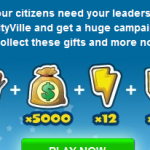
3. Strong community hooks
Every gaming company attracts its fair share of hardcore players and spenders (“whales” in social gaming parlance). Zynga ensures that these hardcore players — the ones who write game walkthroughs, exchange tips and discuss the game with other players — have a home to congregate and goad each other on. Zynga’s message boards are active and well-staffed with moderators who keep a pulse on the player community.
In the first half of 2011, Zynga also launched RewardVille, a loyalty rewards program that lets players collect gifts if they play enough times in a day.

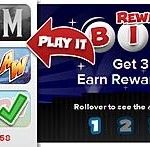
4. Extended “moments of delight”
If you’ve ever played a Zynga game, you’ll notice that it’s held to a high standard of production value. It’s full of little “moments of delight”. This level of polish is maintained all throughout their marketing materials — so that every time you come into contact with anything Zynga, this feeling comes to mind and you re-surface those positive “delight” emotions that the product team made sure were in the game.
The admirable part is that they maintain this production value on nearly everything, even channels whose ROI is low or difficult to ascertain. Zynga’s twitter page has 50,000 followers, which is astonishingly low given the hundreds of millions of people that have played Zynga games. Videos on their YouTube page also get dismally low view counts, and yet they devote enough resources to ensure they are high quality.
Zynga marketing lessons
Frictionless beats flashiness
Notice how I ranked Zynga’s user acquisition methods — the high-profile, newsworthy stuff is last. Ironically, the stuff that requires the most effort gives the least payout.
Think of the key steps in your own user acquisition funnel and where you can tweak efficiency while keeping investment low. In most cases, it’s a behind-the-scenes, totally unsexy tactic. I once worked for a charity who got the great majority of their donations via automatic payroll deductions (e.g. $5 from every paycheque), instead of the big flashy events that would end up in tomorrow’s paper.
In Zynga’s case, it may be worthwhile for them to run all the media-friendly stuff because they are a pre-IPO company with capital to burn. Most organizations are not so fortunate.
Test and refine: not just for engineers
Zynga’s products are data-driven, and so their marketing employs the same approach. By having a culture of metrics and testing, they are constantly tweaking and learning instead of relying on “what’s worked before”.
This allows them to be on the bleeding edge of marketing tactics, using and exploiting them before anyone else does.
High-quality across the board
You’ve worked hard to create positive feelings for users of your product — take the effort to maintain it in every interaction they get with your brand.
Think about staying at an expensive 5-star hotel, then getting a “thank you” email from them after your stay that was in plain text and with riddled typos. Even for a company with 160M users, the little touches matter.